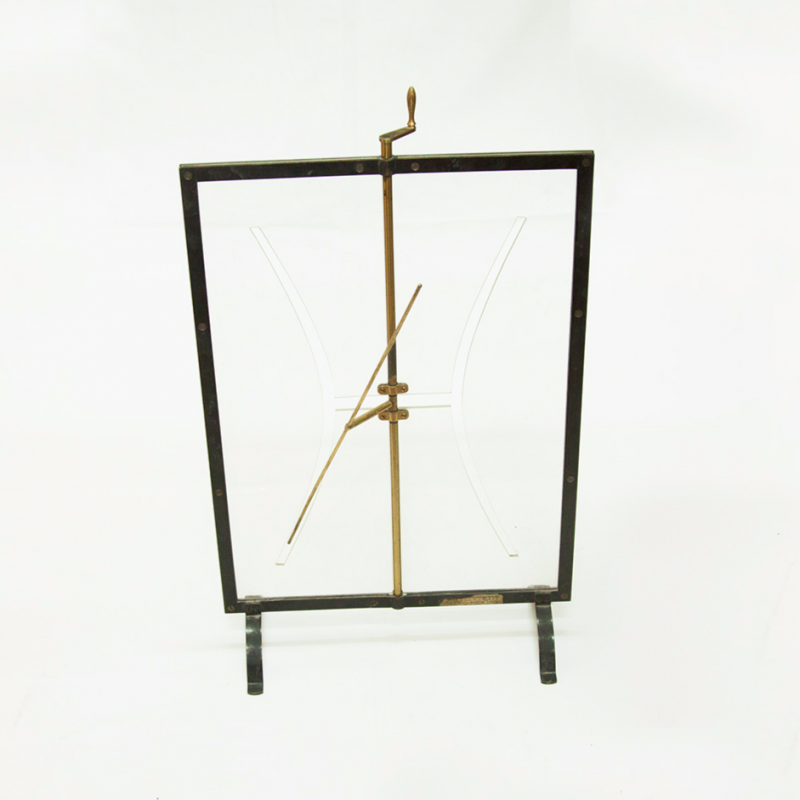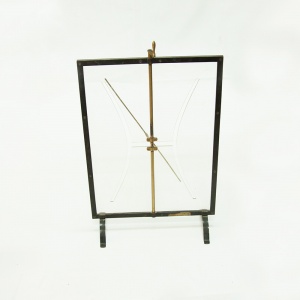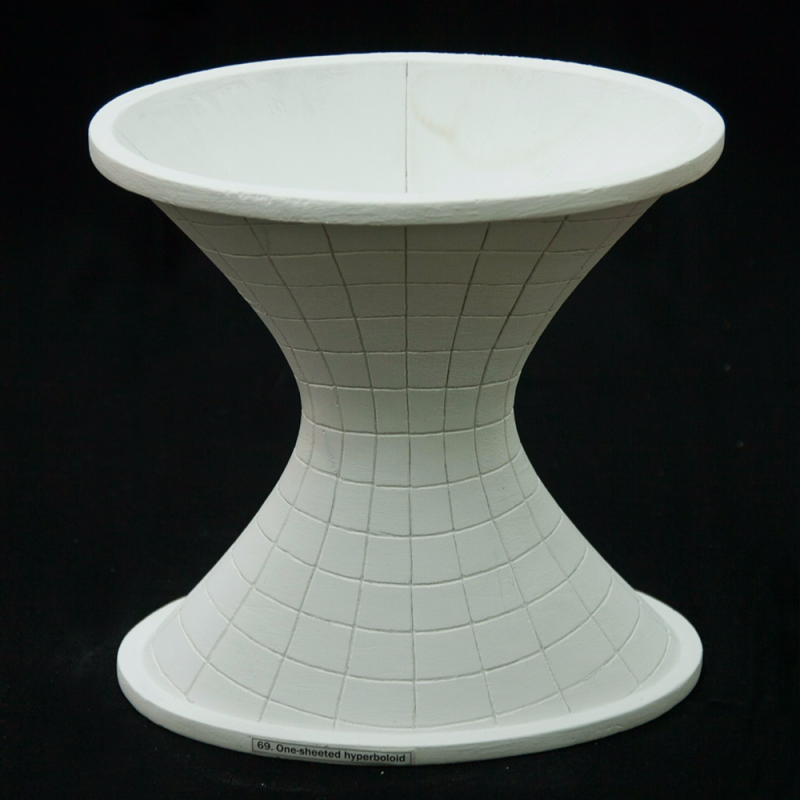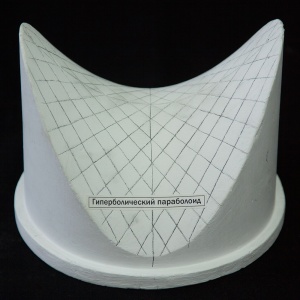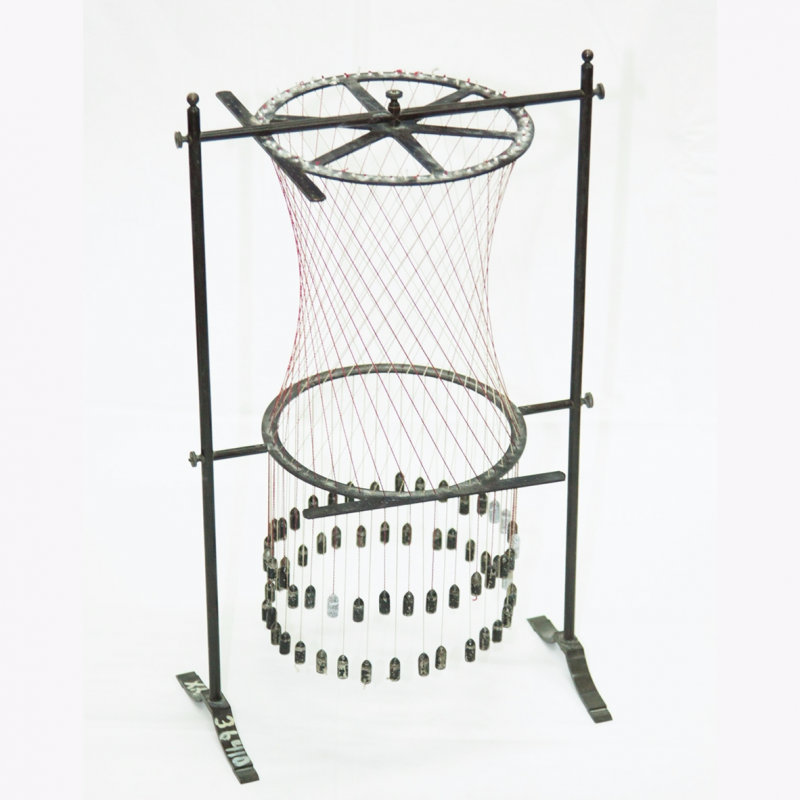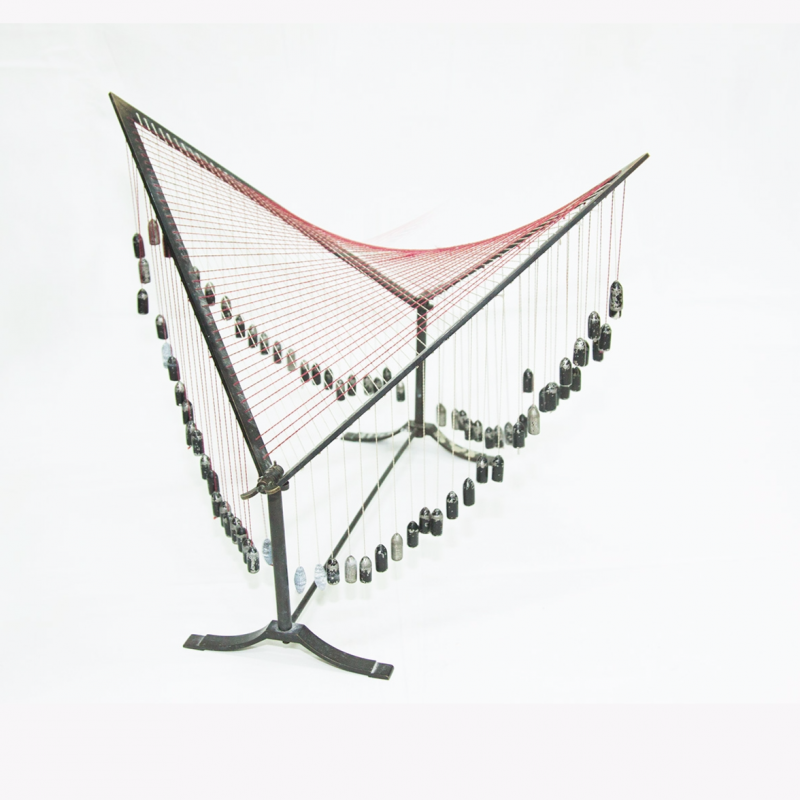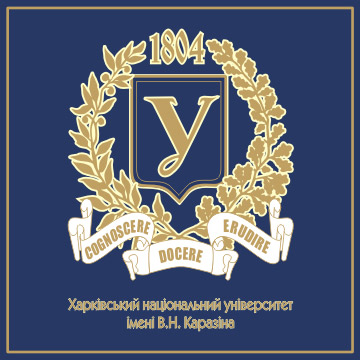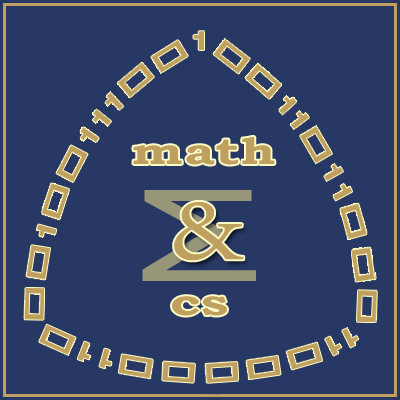M. Schilling catalog
One-sheeted hyperboloid generated by revolution of a straight line
Principally two families of rotated lines are possible, making the one-sheeted hyperboloid a doubly-ruled surface. Such lines are given as an intersection of planes as follows:
$\left\{\begin{align} &x \pm \frac{a}{c} z = \tan \frac{\phi}{2} (a \mp y)\\ &x \mp \frac{a}{c} z = \cot \frac{\phi}{2} (a \pm y)\end{align}\right.$
where $\phi$ is an angle of rotation (handle on the model), and the signs should be chosen simultaneously.
